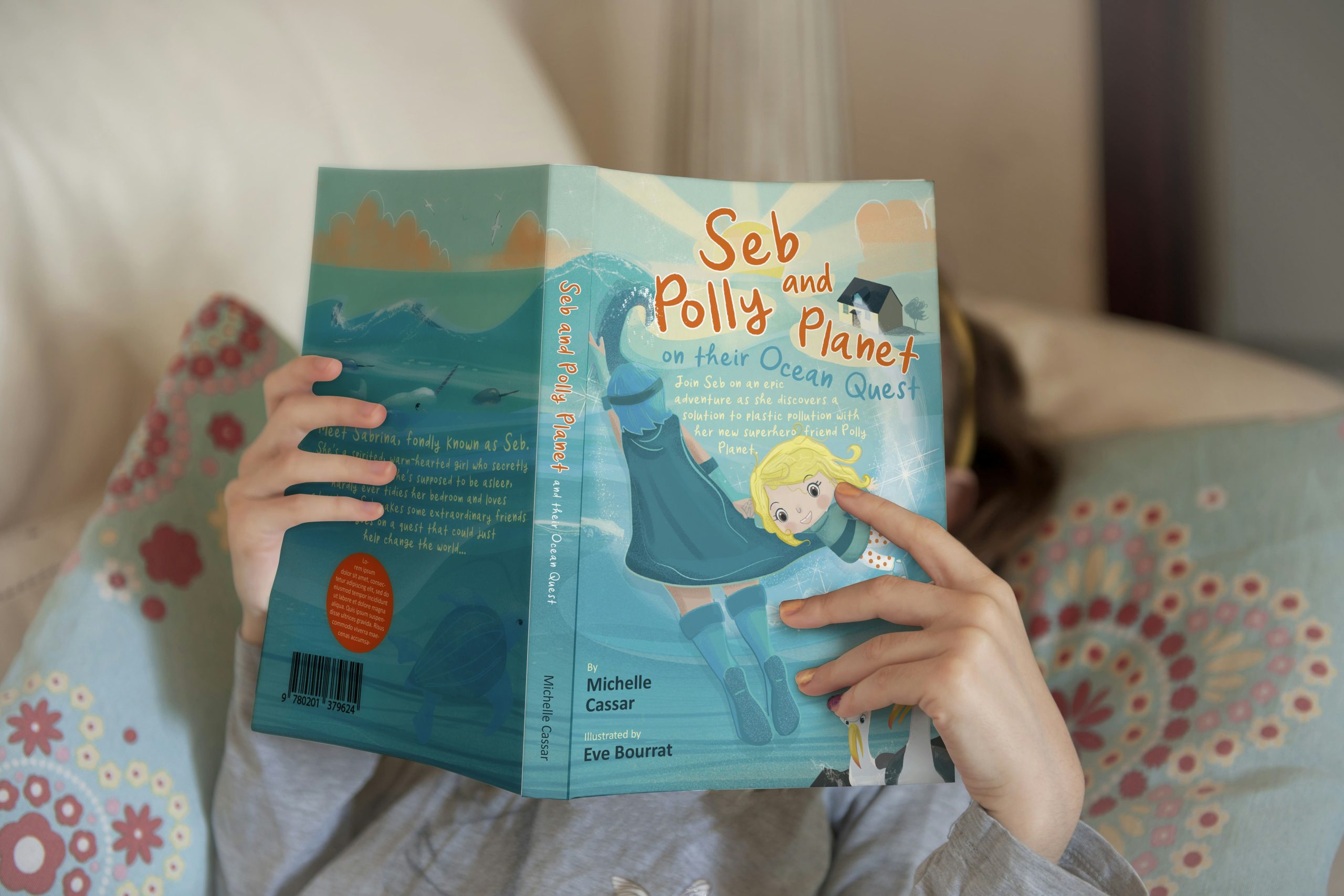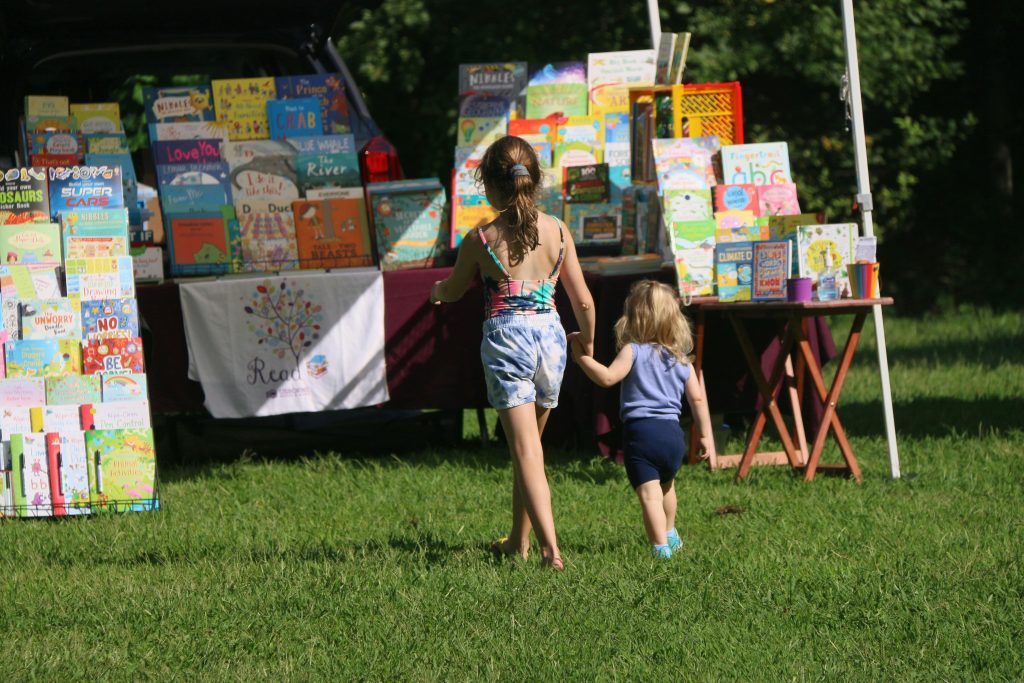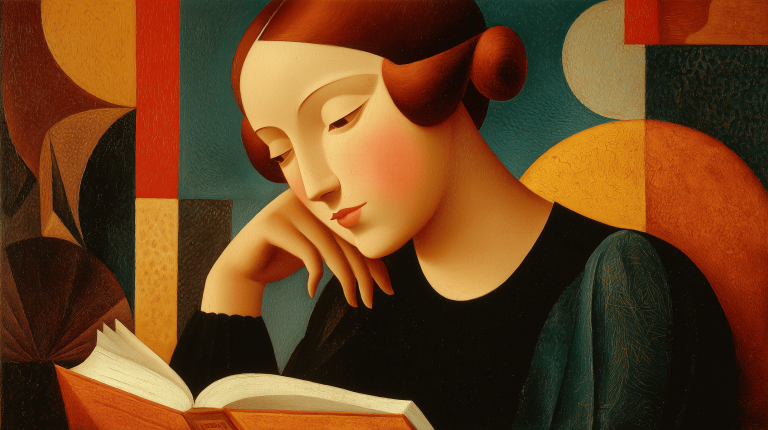The Magic of Picture Books: Portugal’s Best Stories for Young Readers
Introduction
Picture books are illustrated narratives that seamlessly integrate text and imagery to tell stories that captivate both the eye and the imagination. Designed primarily for children between the ages of 3 and 8—including pre-readers and emergent readers—these books serve as vital tools for literacy and emotional development. Each page combines visual and textual storytelling, helping young readers make sense of words, actions, and feelings. This article explores the importance of picture books in supporting early literacy, cognitive growth, and empathy, while highlighting some of the most remarkable Portuguese contributions to this creative and educational art form.
Significance of Picture Books for Early Readers
Cognitive Development
Picture books play a vital role in enhancing children’s thinking and learning abilities. By interpreting illustrations, children develop visual literacy—the ability to understand and derive meaning from images. When text and images work together, young readers begin to form connections between symbols, words, and ideas, strengthening comprehension skills. These interactions also stimulate prediction and problem-solving, encouraging critical thinking and an early understanding of cause-and-effect relationships.
Language Acquisition
Language growth flourishes in picture books because they present new words and expressions in engaging, context-rich ways. Through rhythmic, repetitive, and structured text, children learn how language works, from sentence order to storytelling rhythm. Understanding narrative structure—how stories have beginnings, middles, and ends—helps children organize their thoughts and improves their communication skills. Rhymes and phonetic play foster awareness of sound patterns, promoting early reading fluency and pronunciation confidence.
Emotional and Social Growth
Picture books also help children explore their emotions and develop social understanding. They introduce characters facing challenges, joys, or discoveries that mirror real-life experiences, enabling children to empathize and express feelings more clearly. Stories that depict different cultures, family dynamics, and friendships broaden a child’s understanding of the world and foster respect for diversity. Discussing picture books together strengthens family bonds and encourages open communication between children and caregivers about feelings, behavior, and values.
Fostering a Love for Reading
Beyond education, picture books spark a lifelong enthusiasm for reading. Their interactive and colorful designs capture attention, while short, rhythmic texts provide a sense of accomplishment for young readers. Simple storylines build confidence, motivating children to explore books independently. Shared reading sessions—whether at bedtime or in classrooms—create positive associations with books and storytelling, turning reading into an enjoyable and emotionally rewarding habit.

Notable Portuguese Picture Books
Historical Context
Portuguese picture books have a long and rich tradition that evolved from oral storytelling and folk tales to modern illustrated literature. Early Portuguese stories often reflected local myths and nature-inspired themes, while today’s picture books combine creative storytelling with expressive, contemporary art styles. Portuguese authors and illustrators are celebrated for blending cultural identity with imaginative narratives that appeal to both children and adults. Their works often emphasize creativity, emotional intelligence, and the importance of reading in personal growth.
Key Examples and Contributions
A Menina do Mar (The Girl of the Sea) by Sophia de Mello Breyner Andresen Illustrated by Júlio Pomar, this timeless story follows a girl who lives beneath the sea and befriends a boy from the shore. Through poetic language and striking visuals, it explores friendship, curiosity, and the connection between humanity and nature. The book reflects Portugal’s coastal heritage and remains a cornerstone of Portuguese children’s literature.
O Gato Vaidoso (The Vain Cat) by Alice Vieira Accompanied by Teresa Lima’s expressive illustrations, this humorous story teaches gentle lessons about vanity and the value of friendship. Its simple yet engaging language helps early readers follow the story with ease while introducing moral reflection in an entertaining way.
O Senhor dos Livros (The Lord of Books) by José Jorge Letria With artwork by André Letria, this story celebrates the magic of books and the joy of reading. The minimalist yet powerful illustrations complement a lyrical text that highlights imagination and curiosity. It is frequently recommended in schools to encourage literacy and creative exploration.
A História da Carochinha (The Story of Little Miss Cockroach) by António Torrado Illustrated by Manuela Bacelar, this reimagined folktale retains its traditional charm while incorporating vibrant visuals and modern storytelling techniques. The narrative introduces children to classic Portuguese folklore in a lively and memorable way, keeping cultural heritage alive for new generations.
O Meu Avô (My Grandfather) by Manuel António Pina With tender illustrations by Evelina Oliveira, this touching story portrays the bond between a child and their grandfather. It gently explores themes of memory, affection, and family connection, helping children understand emotions related to love and remembrance. The combination of poetic language and warm imagery makes it one of Portugal’s most beloved picture books.
Conclusion
Picture books are essential in shaping young readers’ intellectual and emotional worlds. They help children develop reading skills, language understanding, and empathy—all while inspiring imagination and creativity. In Portugal, picture books have evolved into a vibrant art form that reflects the nation’s cultural richness and dedication to education. Through their poetic narratives and distinctive illustrations, Portuguese authors and illustrators continue to contribute meaningfully to children’s literature. Ultimately, picture books remain timeless tools for nurturing thoughtful, curious, and compassionate readers—one story and one picture at a time.
Key Takeaways
- Picture books are vital for early childhood development. They blend text and imagery to build literacy, creativity, and emotional understanding in children aged 3 to 8.
- They strengthen language and cognitive skills. Through rhythmic storytelling and vivid visuals, children expand vocabulary, improve comprehension, and develop critical thinking.
- Stories teach empathy and social awareness. Picture books help children explore emotions, relationships, and cultural diversity, fostering kindness and respect for others.
- They inspire a lifelong love of reading. Engaging designs and shared reading moments create joyful early experiences with books.
- Portugal has a rich picture book tradition. Rooted in folklore and creativity, these stories combine national heritage with modern artistry.
- Notable works include:
- “A Menina do Mar” by Sophia de Mello Breyner Andresen – friendship and nature.
- “O Gato Vaidoso” by Alice Vieira – humility and friendship.
- “O Senhor dos Livros” by José Jorge Letria – love of reading.
- “A História da Carochinha” by António Torrado – folklore and imagination.
- “O Meu Avô” by Manuel António Pina – family and memory.
- Portuguese picture books unite education and culture, inspiring imagination while preserving the country’s storytelling legacy.
FAQs
Why are picture books essential for early childhood development?
Picture books help children connect words with images, improving comprehension, imagination, and memory. They also enhance emotional intelligence by allowing children to relate to characters’ feelings and experiences, fostering empathy and social understanding from an early age.
What makes Portuguese picture books unique compared to other countries’ works?
Portuguese picture books often merge lyrical storytelling with expressive art, reflecting Portugal’s seafaring culture, folklore, and family values. They balance creativity with moral lessons, making them both educational and emotionally enriching for children and adults alike.
How can parents and educators use picture books to encourage reading habits?
Parents and educators can read aloud, discuss story themes, and explore illustrations with children to make reading interactive and fun. Consistent shared reading builds confidence, language skills, and positive associations with books, encouraging a lifelong passion for learning.
Curious about how Portugal’s storytellers are shaping the future of speculative fiction? This article dives deep into the country’s sci-fi and fantasy genres, showcasing how they transcend boundaries across cinema, television, and graphic storytelling.









